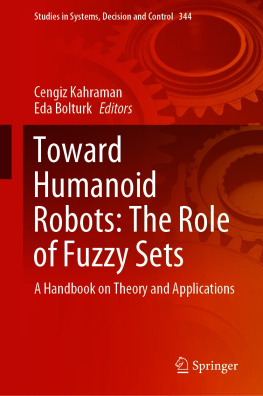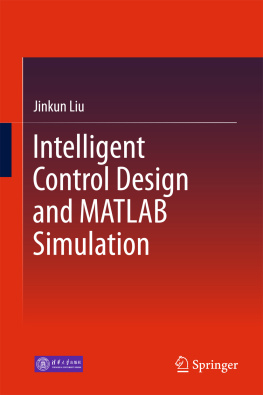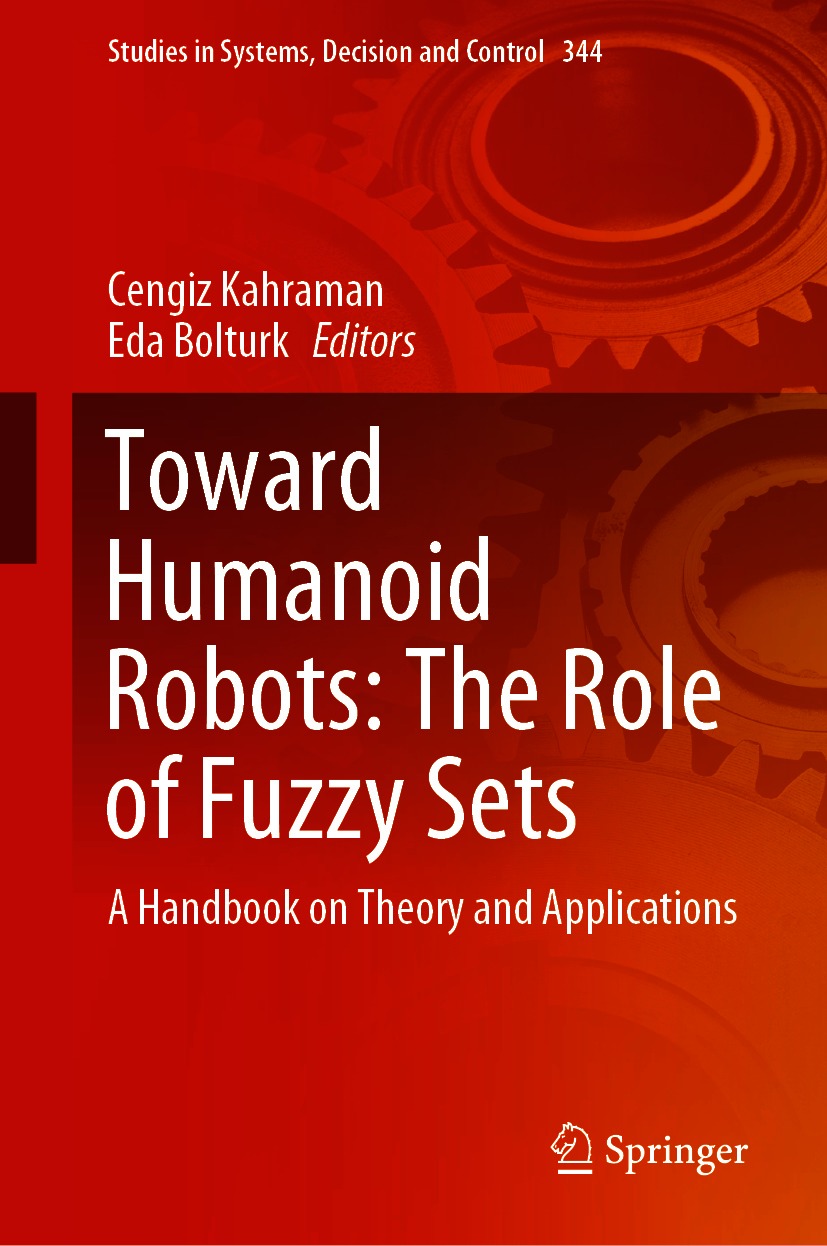Volume 344
Studies in Systems, Decision and Control
Series Editor
Janusz Kacprzyk
Systems Research Institute, Polish Academy of Sciences, Warsaw, Poland
The series Studies in Systems, Decision and Control (SSDC) covers both new developments and advances, as well as the state of the art, in the various areas of broadly perceived systems, decision making and controlquickly, up to date and with a high quality. The intent is to cover the theory, applications, and perspectives on the state of the art and future developments relevant to systems, decision making, control, complex processes and related areas, as embedded in the fields of engineering, computer science, physics, economics, social and life sciences, as well as the paradigms and methodologies behind them. The series contains monographs, textbooks, lecture notes and edited volumes in systems, decision making and control spanning the areas of Cyber-Physical Systems, Autonomous Systems, Sensor Networks, Control Systems, Energy Systems, Automotive Systems, Biological Systems, Vehicular Networking and Connected Vehicles, Aerospace Systems, Automation, Manufacturing, Smart Grids, Nonlinear Systems, Power Systems, Robotics, Social Systems, Economic Systems and other. Of particular value to both the contributors and the readership are the short publication timeframe and the world-wide distribution and exposure which enable both a wide and rapid dissemination of research output.
Indexed by SCOPUS, DBLP, WTI Frankfurt eG, zbMATH, SCImago.
All books published in the series are submitted for consideration in Web of Science.
More information about this series at http://www.springer.com/series/13304
Editors
Cengiz Kahraman and Eda Bolturk
Toward Humanoid Robots: The Role of Fuzzy Sets
A Handbook on Theory and Applications
1st ed. 2021

Logo of the publisher
Editors
Cengiz Kahraman
Department of Industrial Engineering, Management Faculty, Istanbul Technical University, Maka, Istanbul, Turkey
Eda Bolturk
Department of Industrial Engineering, Management Faculty, Istanbul Technical University, Maka, Istanbul, Turkey
ISSN 2198-4182 e-ISSN 2198-4190
Studies in Systems, Decision and Control
ISBN 978-3-030-67162-4 e-ISBN 978-3-030-67163-1
https://doi.org/10.1007/978-3-030-67163-1
Springer Nature Switzerland AG 2021
This work is subject to copyright. All rights are reserved by the Publisher, whether the whole or part of the material is concerned, specifically the rights of translation, reprinting, reuse of illustrations, recitation, broadcasting, reproduction on microfilms or in any other physical way, and transmission or information storage and retrieval, electronic adaptation, computer software, or by similar or dissimilar methodology now known or hereafter developed.
The use of general descriptive names, registered names, trademarks, service marks, etc. in this publication does not imply, even in the absence of a specific statement, that such names are exempt from the relevant protective laws and regulations and therefore free for general use.
The publisher, the authors and the editors are safe to assume that the advice and information in this book are believed to be true and accurate at the date of publication. Neither the publisher nor the authors or the editors give a warranty, expressed or implied, with respect to the material contained herein or for any errors or omissions that may have been made. The publisher remains neutral with regard to jurisdictional claims in published maps and institutional affiliations.
This Springer imprint is published by the registered company Springer Nature Switzerland AG
The registered company address is: Gewerbestrasse 11, 6330 Cham, Switzerland
I dedicate this book to the medical doctors over the world who are struggling with the corona virus.
Prof. Cengiz Kahraman
I dedicate this book to my beloved parents, Mzeyyen and Nejdet and my brother Taha.
Dr. Eda Bolturk
Preface
Humanoid robots with their body shapes having a torso, a head, two arms, and two legs are the robots built to resemble all kinds of the movements of human body. Presently, humanoid robots are produced for functional purposes such as interacting with human tools and environments. For instance, a humanoid robot can work at a tourist information center. Humanoid robots may be also produced to resemble only a certain part of the human body. Some humanoid robots have heads designed to replicate human facial features such as eyes and mouths, whereas some humanoid robots have arms designed to do complex and toxic operations.
It cannot be stated that todays humanoid robots are very successful in imitating the movements of the human body. Real human emotions cannot be modeled by opening or closing their eyes while talking, moving them up or down or left and right. Humanoid robots must be able to express their emotions appropriately to what they see and/or hear. This can be possible using continuous logic, but never possible by discrete logic.
Fuzzy set theory based on a continuous logic has a great potential in modeling the movements and emotions of humanoid robots. Everything is a matter of degree in fuzzy logic. The facial expression of a person who becomes happy by hearing that her friend is married will be different from the facial expression of a person who is happy by hearing that her friend has successfully passed her Ph.D. exam. Hence, the way of smiling and its degree is different in each of these events. The vagueness and impreciseness in human thoughts can be captured by the fuzzy sets and their extensions.
The aim of this book is to present the theory and applications of fuzzy sets in modeling the movements and emotions of humanoid robots. This book involves 11 chapters, each written by the experts of that research area. The first chapter summarizes the present status of humanoid robots in the world. Besides, a literature review on humanoid robot publications is given and books, conferences, institutes, and journals on humanoid robots are presented.
The second chapter presents a comprehensive literature review on the recent developments and theories associated with fuzzy set extensions. The recently developed fuzzy set extensions from type-2 fuzzy sets to t-spherical fuzzy sets are classified and presented by their main definitions and operations.
The third chapter presents some fuzzy modeling techniques for facial expressions of a humanoid robot depending on the degrees of the emotions. Larger degree of emotion causes a stronger indicator of the facial mimic. Intuitionistic fuzzy sets and Pythagorean fuzzy sets are employed for modeling facial expressions.
The fourth chapter argues that to make sure that human-like robots exhibit human-like behavior, it is needed to use fuzzy techniques. The authors provide details of this usage. The chapter is intended for both researchers and practitioners who are very familiar with fuzzy techniques and also for researchers and practitioners who do not know these techniquesbut who are interested in designing human-like robots.














